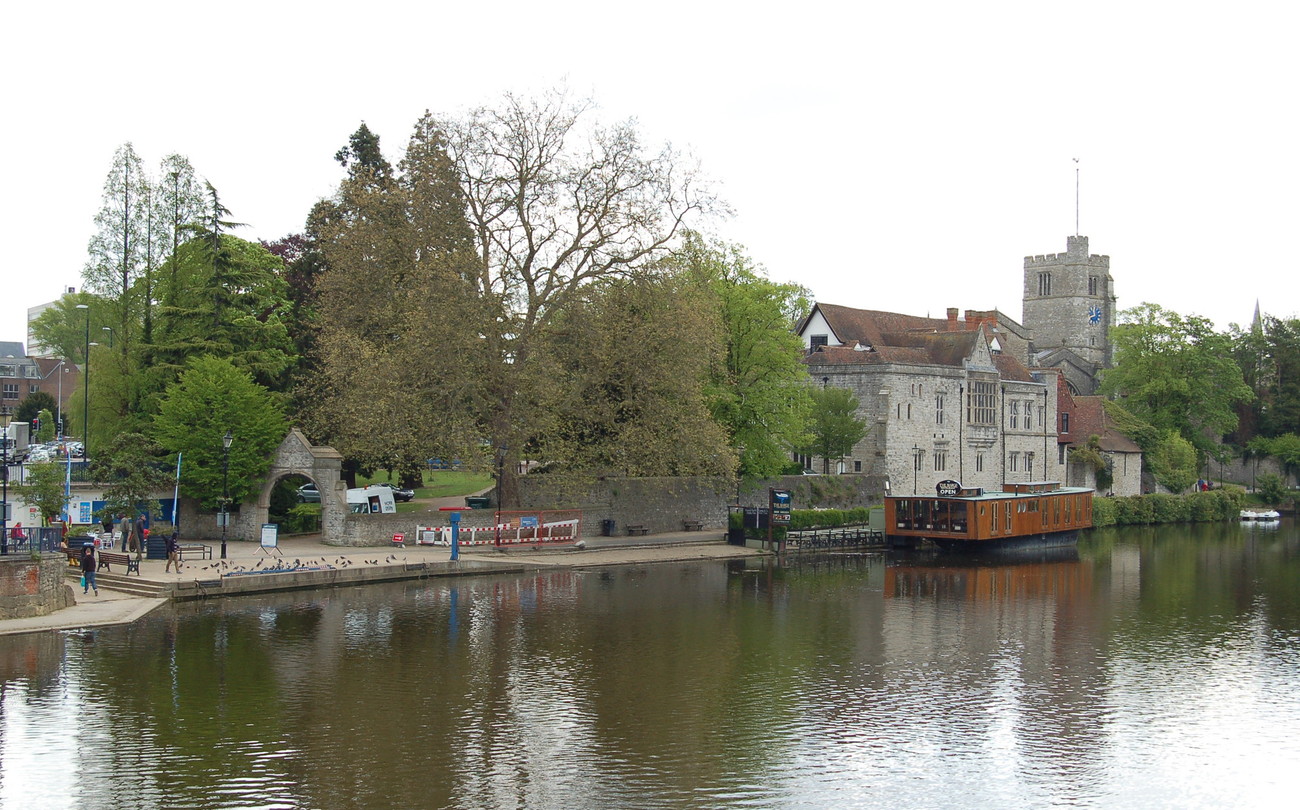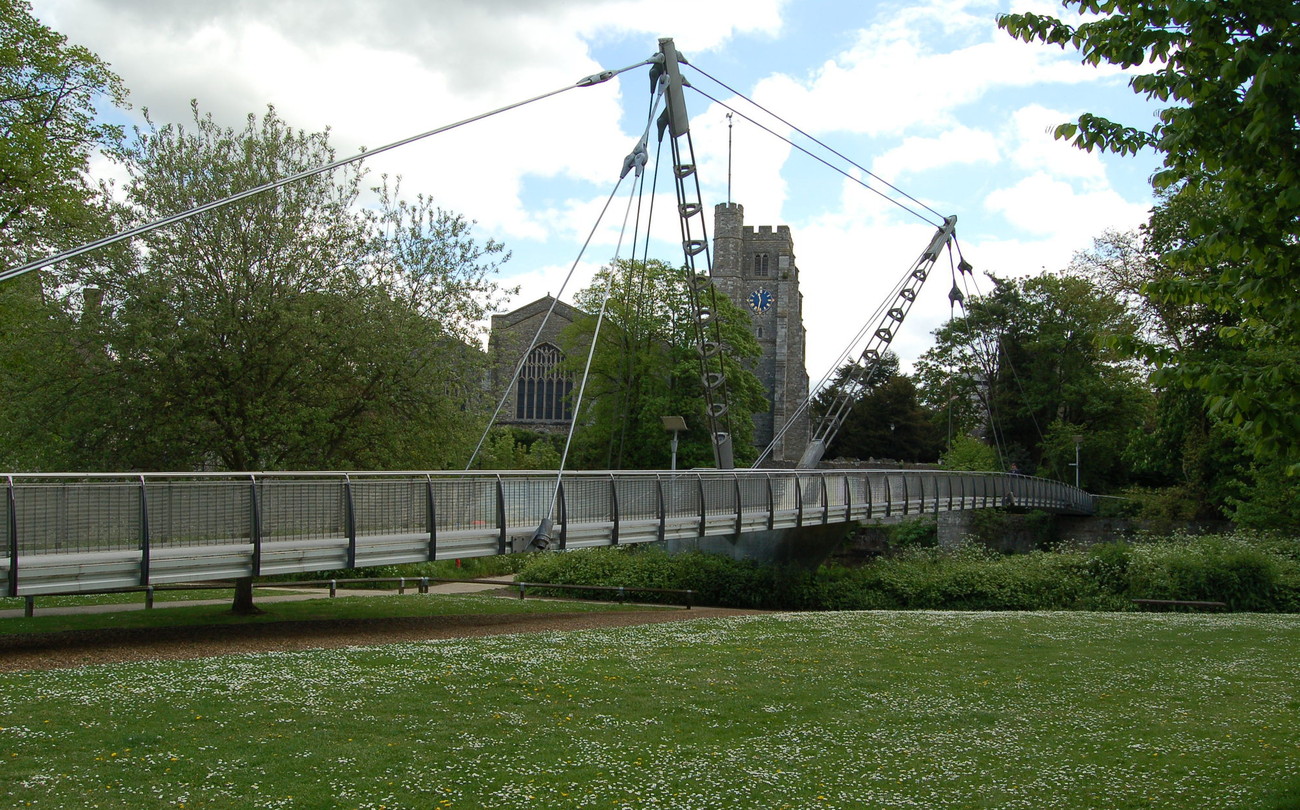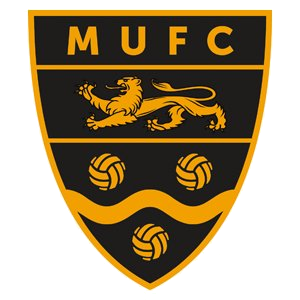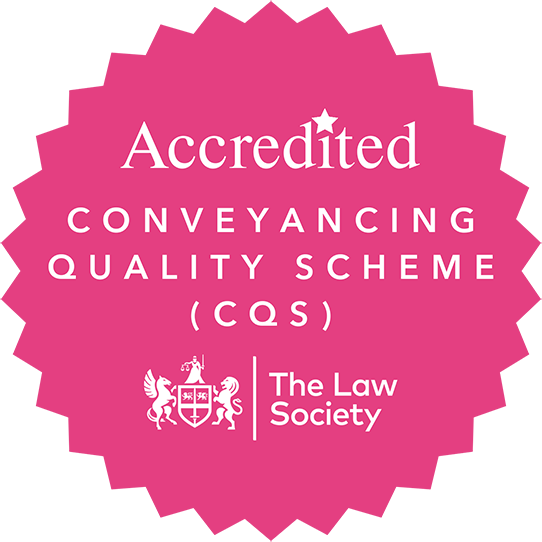Does Health & Safety legislation apply to Volunteers?
Does Health & Safety legislation apply to Volunteers?
Common questions on health & safety for charities answered.
There are two possible answers to this first question:-
1. If the voluntary body had any employed staff, the Health & Safety at Work Act 1974 would apply, so the answer is yes. Therefore, if the volunteer was injured, a prosecution could be brought under section 3 HSWA. Section 3 HSWA covers service users, visitors, members of the public and volunteers, as opposed to employees.
2. Where a voluntary body has no employed staff, the HSWA does not apply, and the answer is no. Only employers and self-employed persons owe duties under sections 2 and 3 HSWA.
This second situation might be seen as a gap in the HSE’s enforcement powers, since a lot of organisations are operated entirely by unpaid volunteers. The Charities’ Safety Group would like to see a change to the law, so that volunteer run bodies with no employees can also be prosecuted under the HSWA. They want to replace the term “employee” with “worker” in the wording of the Act.
However, the current “gap” does not mean that voluntary bodies with no paid staff can ignore health & safety. Such bodies can still be sued for damages if they are negligent. Therefore, all charities – with or without paid staff should address health & safety to minimise their exposure to claims for injury and death, by ensuring that volunteers are properly integrated into their health & safety management systems. HSE Guidance HSG192 (Charity and Voluntary Workers) strongly recommends that volunteers are looked after to the same degree as employed staff. Sometimes they may need to be looked after even better than the paid staff, as they may not be as experienced or familiar with the working environment.
Note:- HSG 192 Charity and Voluntary Workers is no longer on the HSE website. Instead see Volunteering: Guidance for employers – HSE
Can a Charity be prosecuted over a Health and Safety incident?
Yes, it can, unless the “no-employees” exception applies as outlined above. The HSWA imposes the same duties on a charity as any other employer, both towards its employees under section 2 HSWA and to its non-employees under section 3. The HSE’s Enforcement Guide explains that the form of prosecution of a charity will vary, depending how it has been constituted. So, for example, if it has been incorporated, the prosecution will be in the name of the company.
What about Trusts and Trustees?
The Enforcement Guide says trusts should be prosecuted in the names of the trustees. It will not always be necessary to name each and every trustee, but it will normally be appropriate to name more than one.
Can a trustee be personally prosecuted for a health and safety offence?
This will depend on whether the charity or trust is incorporated. If it has incorporated, it will have its own legal personality and can be prosecuted in its own right. If not, the trustees would be prosecuted in their own names, but in the capacity of trustees. Note that incorporation does not prevent a trustee from being prosecuted personally if he bears a special responsibility for the accident sufficient to invoke section 37 HSWA. This applies where an incident has occurred with the consent of a person in authority, or due to his connivance or neglect.
Some case studies to learn from:
The Hull Trinity House charity was fined £20,000 under Section 3 HSWA after the mast of a sailing dinghy touched an overhead power line. Counsel for the charity trustees referred to their shame and embarrassment at finding themselves in this position, as this was an organisation which for centuries [had] assisted countless individuals in distress and need.
The Scottish SPCA was fined £5,000 after staff were put at risk of exposure to hazardous allergens from bird droppings and feathers.
In 2010 Mental Health Matters were fined £30,000 when a new member of staff was tragically killed by a dangerous service user, with whom she should not have been left alone. This case was sentenced prior to the 2017 sentencing guidelines and greater fines can now be expected, as was the case in in 2023 when the Mission to Seafarers pleaded guilty under section 3 after a volunteer died removing a faulty loft ladder. The charity received a fine of £90,000 plus £20,000 costs.
In another section 3 prosecution in 2024 Wiltshire and Berkshire Canal Trust were fined £30,000 and ordered to pay £17,000 costs and compensation following the death of a volunteer due to a wall collapse.
Final Risk Management Points to Consider
These were not freak incidents. They could, we would argue, all have been avoided by applying the basics of health & safety, such as assessing the risk from a given activity and making sure people are trained and equipped to do their job safely. Therefore, you really can reduce your chances of an accident and there is no time like the present to review how health & safety is managed in your organisation.
A good starting point is HSE guidance on health & safety management, such as HSG 65 Managing for Health & Safety and INDG 417 Leading Health and Safety. Page 1 of INDG 417 says it is designed for use by all directors, governors, trustees, officers and their equivalents in the private, public and third sectors.
Office-holders should check they have insurance for legal representation in an investigation by the HSE, including support following an incident. Cover which only applies when the matter reaches court is too late.
There are resources for charities on the HSE webpage hse.gov.uk under “Volunteering and Social Action” and the Charities’ Safety Group can be found at www.csg.org.uk
The possibility of trustees being prosecuted or sued in their own name is one of a number of reasons to review the legal structure of an organisation and consider incorporation, which our corporate lawyers can advise on.
Andrew Clarke is an associate solicitor in the Litigation team a.clarke@gullands.com

 Close Menu
Close Menu




















